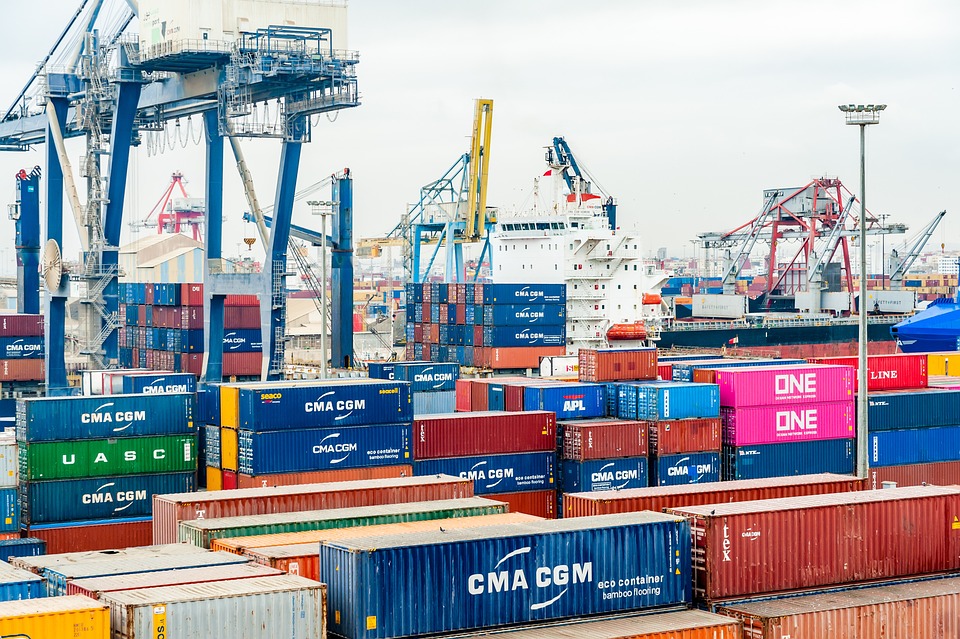The World Trade Organization (WTO) projected the evolution of trade policies in the world in a report released Thursday.
While the volume of merchandise trade grew 2.9% in 2024, the volume of commercial services trade rose 6.8%, at year-on-year rates.
International trade faces profound change. Geopolitical tensions escalate. Protectionist policies are hardening. At the same time, digital transformation is advancing unabated and climate change is imposing new rules. Added to this is the reorganization of supply chains. This entire environment is changing trade flows, raising costs and redefining competitive advantages.
Evolution of trade policies
The WTO is the main forum for world trade. It is the only institution responsible for regulating the rules governing international trade. It does so through a multilateral framework of disciplines. This system establishes principles of liberalization, but also allows for certain flexibilities. Its central objective is to ensure that global trade is as fluid, predictable and free as possible.
In its report on Thursday, the WTO provides an update on the overall outlook for trade and trade-related policy developments over the period from mid-October 2024 to mid-May 2025.
Outlook
The WTO’s April 16, 2025 World Trade Outlook and Statistics Report predicted a 0.2% drop in the volume of world merchandise trade in 2025, following the sudden increase in tariffs and trade policy uncertainty since the beginning of the year, and a modest 2.5% recovery in merchandise trade growth in 2026.
The WTO expected a particularly steep 12.6% drop for North American exports.
Pessimistic scenarios include the reinstatement of suspended “reciprocal” tariffs and a global expansion of trade policy uncertainty, including in relation to the as-yet unknown outcomes of ongoing bilateral negotiations among various Members.
According to the WTO’s GTOS report, published on April 16, 2025, the outlook deteriorated rapidly. The reason? A sudden rise in tariffs and increased uncertainty in trade policy since the beginning of the year.
Despite certain measures, such as the suspension of «reciprocal» tariffs by the United States and similar actions by other countries, the impact remains considerable. The volume of world merchandise trade is estimated to fall by 0.2% in 2025. However, a slight recovery of 2.5% is forecast in 2026.
Global trade
The GTOS report explored several risks to the forecast, including the reinstatement of suspended reciprocal tariffs by the United States, possible actions by other Members, as well as a wider spillover of trade policy uncertainty beyond U.S.-linked trade relations.
If implemented, the return of reciprocal tariffs would have reduced global merchandise trade growth by an additional 0.6 percentage points, posing particular risks for least developed countries (LDCs).
Meanwhile, the TPU expansion would have reduced another 0.8 percentage points.
Together, reciprocal tariffs and TPU expansion would have led to a 1.5% decline in the volume of world merchandise trade in 2025.

